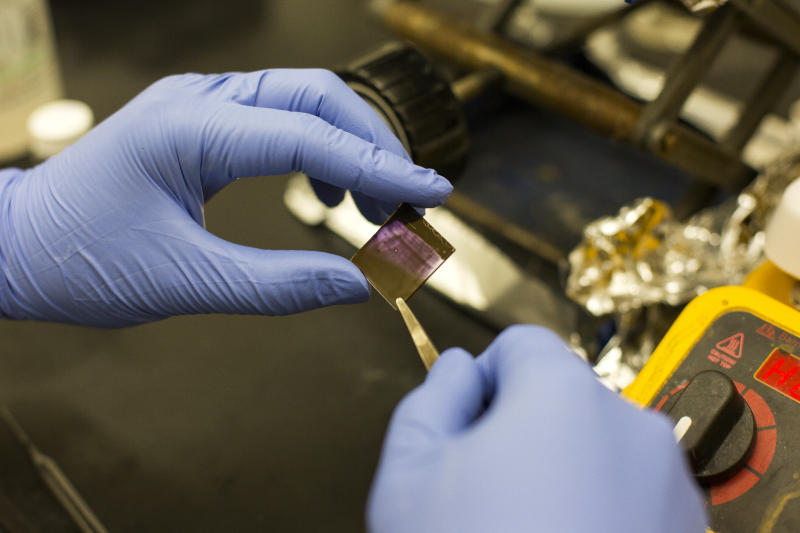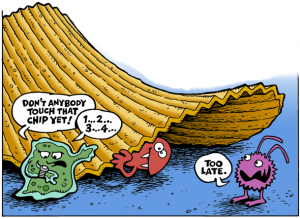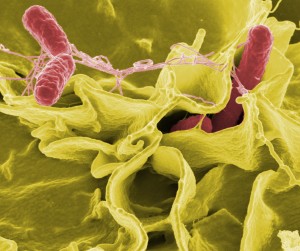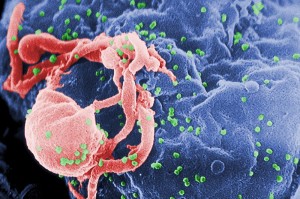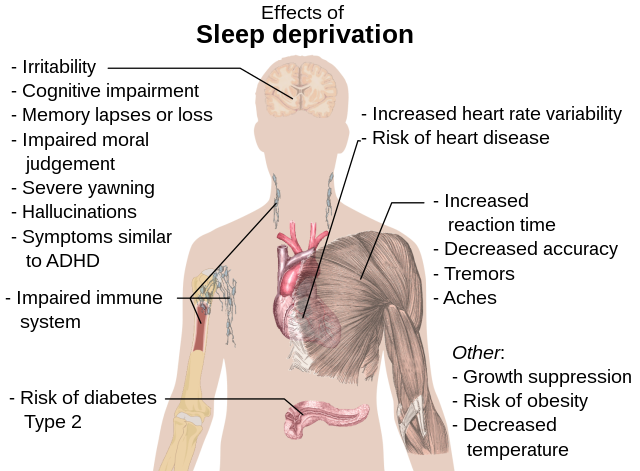Did you know that living in a city with with high levels of air pollution increases your risk of getting lung cancer by 20%? Every year humans are spewing more and more pollution into the Earth’s atmosphere with CO2 attracting the most attention. While CO2 has major effects on the Earth’s climate and subsequently our way of life, ozone is one pollutant that does not receive nearly as much attention as it should. The main view that the general public holds regarding ozone is its ability to block harmful sun rays which may cause skin cancer in humans. Although this is true, it mostly applies to ozone in the upper parts of the atmosphere. Ozone levels in the actual air we breathe has many negative effects that very few people know about.
Below is a recorded newscast of how ozone has affected the lives of many:
Audio clip: Adobe Flash Player (version 9 or above) is required to play this audio clip. Download the latest version here. You also need to have JavaScript enabled in your browser.
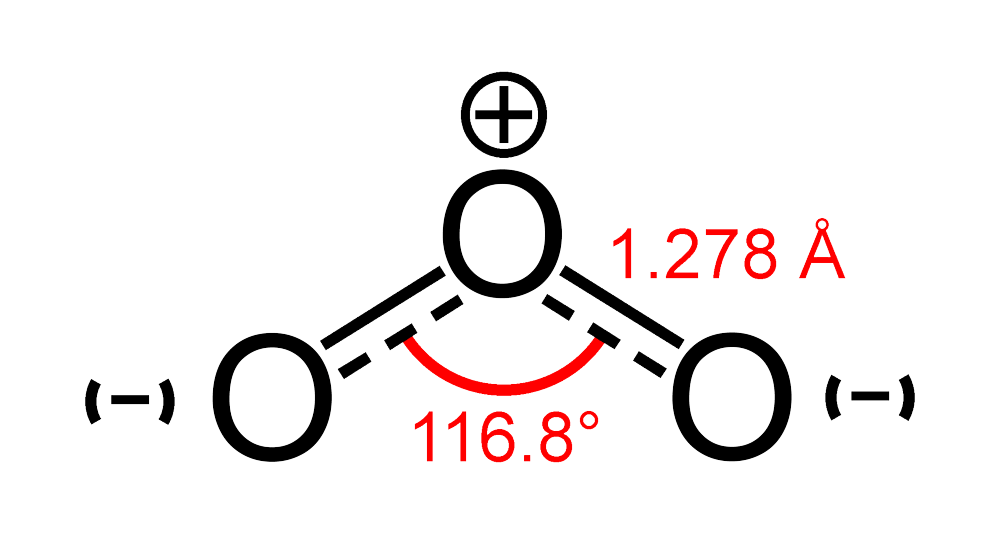
Ozone-1,3-dipole by Benjah-bmm27 via Wikimedia Commons
Ozone is an oxidant which has harmful effects on biological life. At the University of British Columbia (UBC), Dr. Steyn, a professor of Earth and Atmospheric Sciences, has recently modeled past ozone trends in the Lower Fraser Valley using various computer simulations. To gain a better understanding of the issue, we interviewed Dr. Steyn about his study and the motivations behind his research. Steyn was interested in comparing past ozone trends with emissions, “to understand which part of the emission reductions have actually had the effect, and then for [policymakers] to use that to build the policy.” More often than not, various governments have rushed plans into action. For example, “Metro Vancouver has made two air quality management plans” that Steyn considers to be made “without scientific guidance.” Therefore, he “deliberately framed the research in a way that the results could be used for policy…Metro Vancouver has a big process going to understand ozone and what reductions they need to make further.”
Here is a video outlining Dr. Steyn’s study of harmful ozone pollution and its effects in the Lower Fraser Valley:
SCIE 300 OUTREACH_SECTION 210_GROUP 2 by kyuuke1013SK
Although we have a clear idea of the present worsening ozone trends, there are still many difficulties, especially emission reductions. Society must strike a balance between the life of convenience that we are accustomed to and the general health of the public. In general Canada manages to balance things very well but areas like the Lower Fraser Valley have room for improvement. Our publicly funded healthcare system makes it possible for us to clearly and precisely determine what the cost of degraded air quality is compared to the cost of improving air quality in areas such as Fraser Valley; and we know that the cost of cleanup is a great deal cheaper than the health care costs.
This model is a tool that can be used by researchers and policy makers to increase our understanding of what must be done to ensure the best air quality possible. The health problems that arise from pollutants such as ozone must be avoided at all costs. Progress towards this goal has been made, but there is still much more that needs to be done before we can take a deep sigh of relief!
– Alex Gibson, Stella Meng, Earvin Remandaban, Christine Wong





